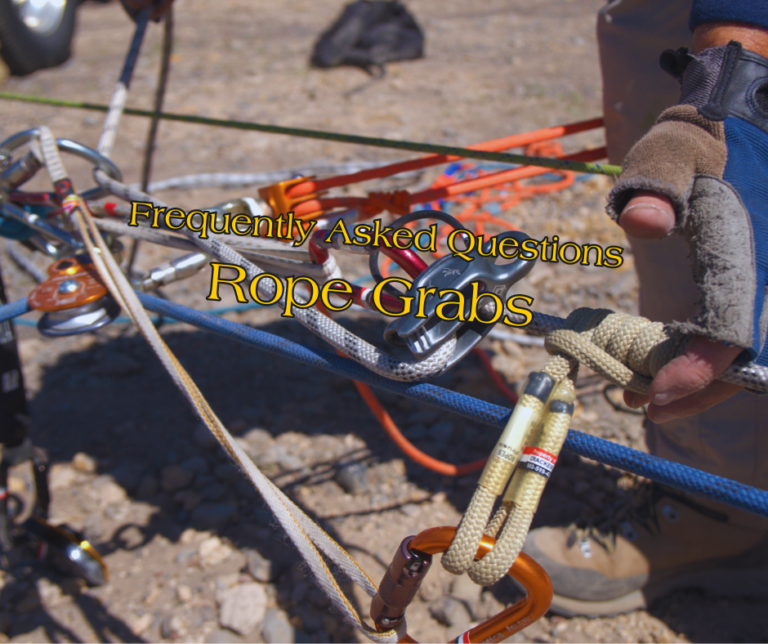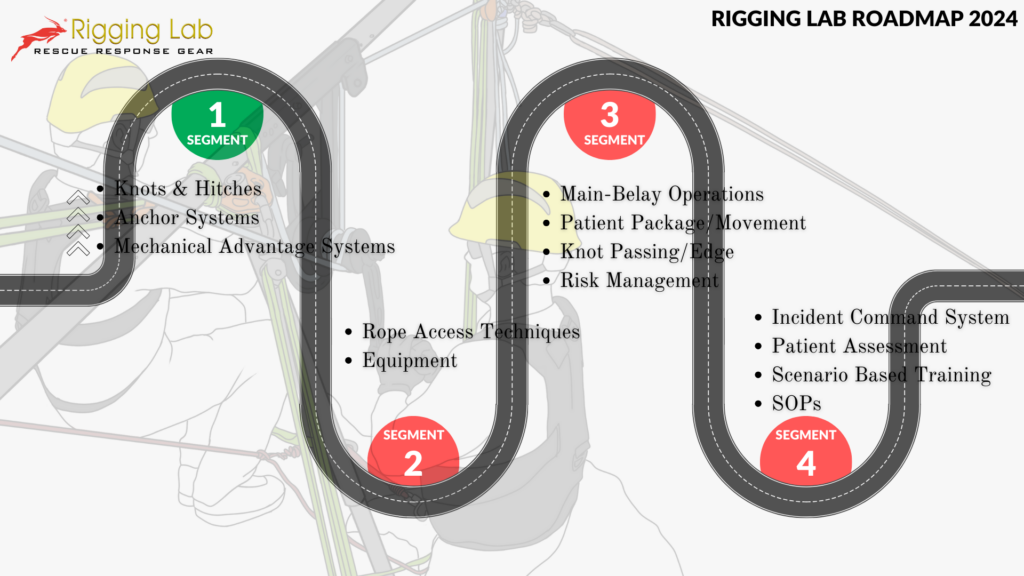Rope grabs are pivotal in rope access and rescue operations, providing a means to secure and adjust positions on a rope. These devices come in two primary forms: soft rope grabs, made from cordage for adaptability and ease of use, and hard rope grabs, crafted from metal with teeth or gears for a firm grip. The choice between soft and hard rope grabs depends on several factors, including rope diameter, material, load weight, and environmental conditions. Soft grabs are versatile, ideal for creating Prusik hitches or attaching pulleys, while hard grabs offer more secure attachment points but may require precise compatibility with the rope used. Understanding the specific advantages and disadvantages of each type, alongside their appropriate applications and limitations, is crucial for ensuring both safety and efficiency in various rope-related tasks.
Q: What is a rope grab and what types of rope grabs are available? What are the advantages and disadvantages of each?
Some rope grabs are rope stops, while others are meant for holding and pulling rope. It’s important to choose the right rope grab for the job at hand, as using the wrong one could result in an accident.
When choosing a rope grab, consider the following:
- What is the rope’s diameter?
- What is the rope’s material?
- What is the weight of the object being lifted?
- What are the environmental conditions?
There are two main types of rope grabs: soft rope grabs and hard rope grabs.
Soft rope grabs are made of materials like cordage, and they can be easily adjusted to different rope diameters. These grabs are typically used for attaching pulleys or for creating Prusik hitches. Hard rope grabs, on the other hand, are made of metal and have teeth or gears that grip the rope.
Advantages and disadvantages:
Rope grabs are an essential part of any rope access or rescue system. Designed to be used with either webbing or rope, rope grabs allow you to quickly and easily secure yourself to an anchor point. There are many different types of rope grabs available on the market, each with its own advantages and disadvantages.
There are a few disadvantages to using soft loops for rope grabs. One is that they can bite into the rope, making it difficult to reset the pulley system. Additionally, rope climbing with prusik loops can be cumbersome for most people. Some hitches, such as the French Prusik or the Caver’s Helical Knot, provide a quicker release when used for climbing.
Q: Will a rope grab work on any type of rope?
There are a million and one rope grab combinations out there. Each one has its own characteristics and design function. This question is highly dependent on the type of rope and the rope grab device. Soft rope grabs (hitches) tend to be more universal however there is the tendency for more slipping to occur the close the diameter of the prusik loop is to the diameter of the host rope.
Rope grabs can be used on a variety of different rope types, but they work best on rope that is soft and flexible. The closer the prusik loop is to the diameter of the rope, the more likely it is to slip.
Q: Can a rope grab cut a rope if too much stress is applied?
Rope grabs are not typically designed for fall arrest or belay applications because the potential for shock loading the rope (although there are exceptions as in the Petzl ASAP). Most rope grabs will slip long before serious damage can occur to the rope. However, in the event of a shock load, it is possible for the rope grab to damage the rope. Therefore, it is important to be aware of the potential for rope damage when using rope grabs and to take precautions to avoid it.
Rope grabs are designed to slip when overloaded, which protects the user from a sudden loss of power. If your rope grab slips, it’s a strong indication that the load is too big or the system has been rigged wrong.
YOUR PERSONAL AND TEAM RESCUE AND RIGGING LEARNING CENTER
Peace on your Days
Lance










